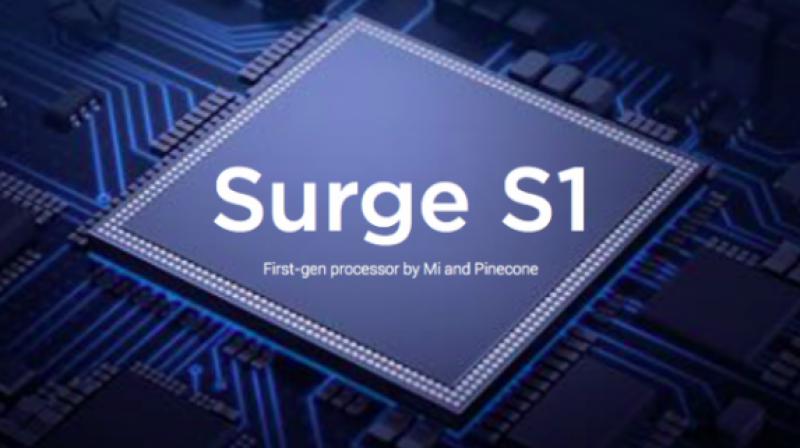Xiaomi announces its own chipset “Surge S1â€

Xiaomi today announced Surge S1, the company’s first in-house chipset, marking a major milestone in the development of the seven year-old consumer technology company. With the launch of Surge S1, Xiaomi becomes only the fourth smartphone manufacturer in the world to create a chipset that has been designed and developed in-house.
Alongside Surge S1, the company announced its newest smartphone Mi 5C, which is powered by the Surge S1 chipset.
Lei Jun, CEO and co-founder of Xiaomi, said: “The ability to create its own chipsets is the pinnacle achievement for any smartphone company. For Xiaomi, the move is an essential next step in our development. In order to deliver on our promise to make innovation available to everyone, we need to master the core technologies of our industry and tightly integrate the development of our hardware with our software, helping us to make even better smartphones that will consistently surprise the industry and delight consumers.”
Pinecone, a fully-owned subsidiary of Xiaomi, was set up to start research and development into designing and developing a chipset. Within 28 months, Xiaomi has today announced its very own chipset Surge S1.
As Xiaomi’s first in-house chipset, Surge S1 uses a octa-core ARM Cortex- A53 processor with a big design, incorporating four 2.2GHz cores and four 1.4Ghz cores, achieving a balance between performance and power efficiency.
In the Geekbench benchmark, Surge S1 outperformed other chipsets in its range such as Snapdragon 625. With an integrated Mali T-860 MP4 GPU, superb graphics performance in gaming and 4K video is made possible while using up to 40 percent less power than the last-generation Mali GPU.
Equipped with a 32-bit DSP supporting VoLTE and 16kHz sampling, Surge S1 works wonders with sound, resulting in high-quality voice calls even in noisy environments. Surge S1 also comes with an in-house image signal processor (ISP) developed by Xiaomi.
The 14-bit dual ISP features increased light sensitivity by up to 150 percent and a dual noise reduction algorithm that reduces noise and preserves detail, resulting in incredible images even in challenging lighting situations.

